CARING WITH FAMILY
|
| The level of affection a particular breed tends to exhibit towards family members or acquaintances they are familiar with can vary. Certain breeds may appear distant towards individuals besides their owner, whereas other breeds treat everyone they know as if they were their closest companion. |
LOVE WITH CHILDREN
Unwise
Good With Children
|
| The degree of tolerance and patience a breed shows towards children can vary. It is crucial to closely supervise dogs when they interact with young children or children with limited experience with dogs. Nonetheless, some breeds inherently exhibit a more family-friendly nature being more tolerant and patient with children's behavior. It is important to ensure a safe and controlled environment when dogs and children interact. |
BEHAVIOR WITH DOGS
Unwise
Good With Other Dogs
|
| The overall level of friendliness a breed tends to exhibit towards other dogs can vary. It is important to monitor and oversee dogs when they interact or are introduced to other dogs. However, certain breeds possess inherent tendencies that make them more inclined to get along with other dogs, whether it be within the confines of their own home or in public settings. |
SHEDDING LEVELS & MANAGEMENT
No Shedding
Hair Everywhere
|
| The amount of fur and hair a breed tends to shed can vary. Breeds that shed heavily will necessitate more frequent brushing to manage loose hair. Moreover, these breeds are more likely to trigger allergies in sensitive individuals and may require regular vacuuming and lint-rolling to maintain a clean environment. Understanding a breed's shedding tendencies is important for those who prefer a low-maintenance grooming routine or have allergies. |
COAT GROOMING STANDARDS
|
| The grooming requirements of a breed can vary in terms of bathing, brushing, trimming, and other coat maintenance tasks. It is essential to consider the time, patience and budget you can allocate for such care when choosing a breed. Some breeds may require more frequent bathing and brushing to keep their coat in good condition, while others may need regular professional grooming or specialized trimming. Regardless of the breed, all dogs require routine nail trimming to maintain their overall paw health. Evaluating your capacity for grooming tasks is crucial in ensuring that you can meet the grooming needs of the chosen breed. |
DROOLING INTENSITY
Less Likely to Drool
Always Have a Towel
|
| The tendency of a breed to drool can vary significantly. For individuals who prioritize cleanliness and are not comfortable with dogs that drool excessively, it would be advisable to avoid breeds that are prone to leaving ropes of slobber on surfaces or big wet spots on clothes. Some breeds have a naturally drier mouth and produce less drool, while others may have looser jowls and produce more drool. Understanding a breed's drooling tendencies can help in finding a dog that aligns with personal preferences for cleanliness and hygiene. |
COAT STYLES GUIDE |
| Smooth |
| COAT SPECTRUM |
| Short |
FRIENDLINESS
Reserved
Everyone Is My Best Friend
|
| The level of welcoming behavior towards strangers can vary among breeds. Certain breeds tend to be more reserved or cautious around strangers exhibiting a natural wariness regardless of the circumstances or location. On the other hand, some breeds are generally more friendly and eager to meet new people whenever the opportunity arises. Understanding a breed's inclination towards strangers can help in choosing a dog that aligns with personal preferences for social interactions and desired levels of caution. It is important to note that individual dog personality can also influence their behavior towards strangers even within the same breed. |
LIVELINESS
Only When You Want To Play
Non-Stop
|
| The level of playfulness a breed exhibits can persist beyond the puppyhood stage. Certain breeds will maintain a strong desire to engage in games like tug-of-war or fetch even as adults displaying enthusiasm for these activities throughout their lives. On the other hand, some breeds may prefer a more relaxed lifestyle finding contentment in spending quality time on the couch alongside their owners for the majority of the day. |
VIGILANCE INTENSITY
What's Mine Is Yours
Vigilant
|
| Some dog breeds have a natural inclination to notify you when unfamiliar individuals are present. These breeds are highly responsive to potential dangers, whether it's the mail carrier or even a squirrel spotted outside the window. Moreover, these breeds tend to gradually trust and accept strangers who are welcomed into their home by their family members. |
ADAPTATION CAPACITY
Lives For Routine
Highly Adaptable
|
| The adaptability of a breed in dealing with changes can vary. Some breeds are more flexible and can readily adjust to alterations in living conditions, noise levels, weather conditions, daily routines, and other fluctuations in their day-to-day lives. These breeds tend to be resilient and can quickly acclimate to new situations. However, other breeds may find it more challenging to cope with changes and may require more time and support to feel comfortable and secure in unfamiliar environments or circumstances. It's important to consider a breed's adaptability if you anticipate frequent changes or disruptions in your lifestyle. |
OBEDIENCE LEVEL
Self-Willed
Eager to Please
|
| Explore how effortless it can be to train your beloved canine and witness their remarkable willingness to absorb new knowledge. Certain breeds have an inherent desire to please their owners, while others prioritize their autonomy doing as they please, whenever and wherever they desire. |
STAMINA LEVEL
|
| Understanding the exercise and mental engagement requirements of different breeds is crucial. Energetic breeds possess an undeniable zest for life and are always enthusiastic about embarking on new adventures. They willingly dedicate their day to activities like running, leaping, and engaging in play. Conversely, low-energy breeds can be likened to content couch potatoes, as they find joy in the simple pleasure of lounging around and enjoying a peaceful snooze. |
VOCALIZATION
|
| Infrequent |
LEARNING CURIOSITY LEVEL
Happy to Lounge
Needs a Job or Activity
|
| In order to maintain their happiness and good health, it is important to know the level of mental stimulation required by each dog breed. Purpose-bred canines often possess job-specific roles that involve decision-making, problem-solving, concentration, or other similar qualities. Failing to provide adequate mental exercise can lead them to create their own activities to occupy their minds and these self-created projects might not align with your preferences. |
| COLORS |
|
Description
|
Registration Code
|
|
Black
|
007
|
|
Blue
|
037
|
|
Yellow
|
232
|
|
Red
|
140
|
|
Chocolate
|
071
|
|
Brindle
|
057
|
|
Blue Merle
|
050
|
|
Red Merle
|
276
|
|
White Merle
|
311
|
|
Yellow Merle
|
436
|
|
| PATTERNS |
|
Description
|
Registration Code
|
|
Tan Markings
|
012
|
|
White Trim
|
101
|
|
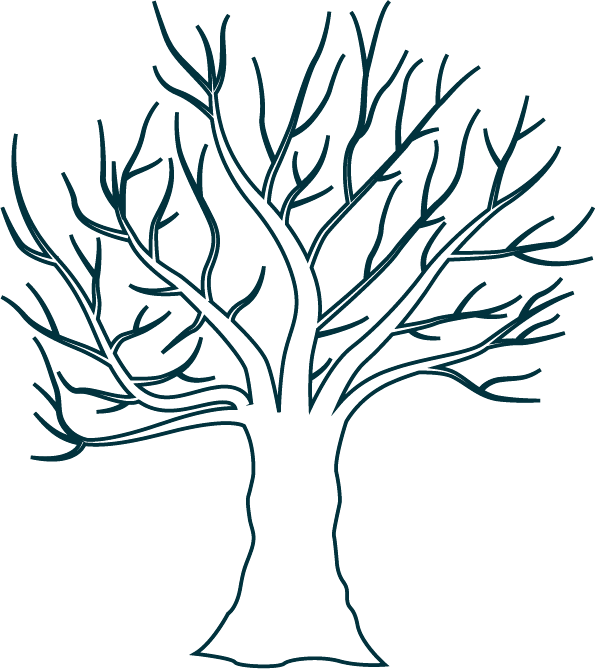


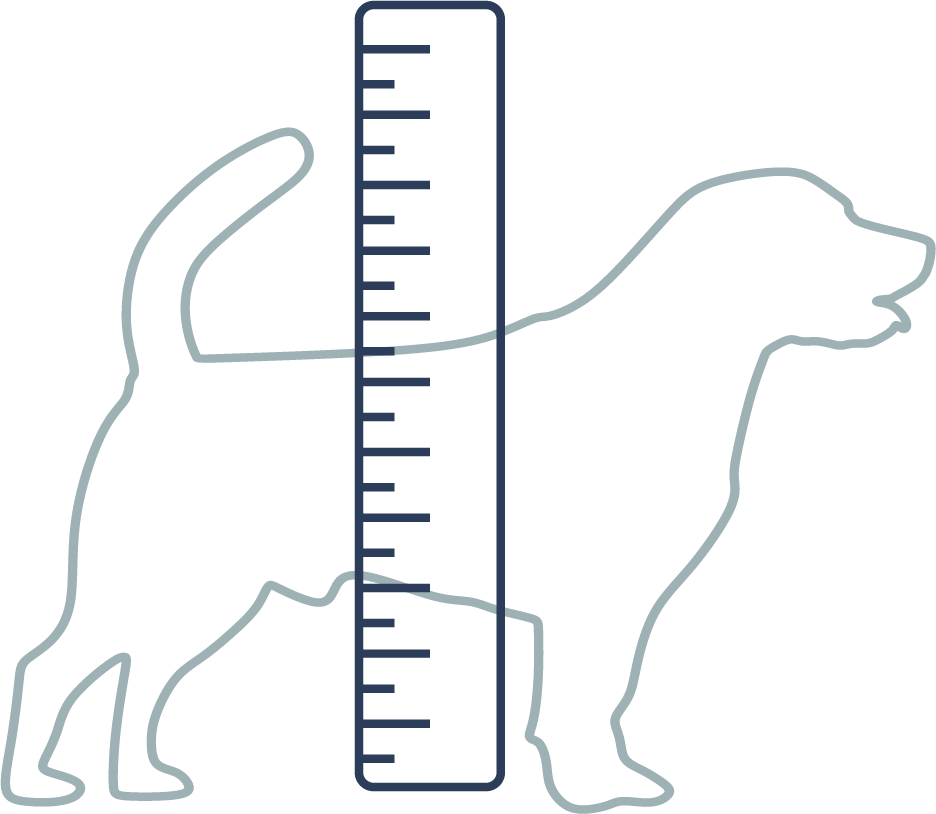
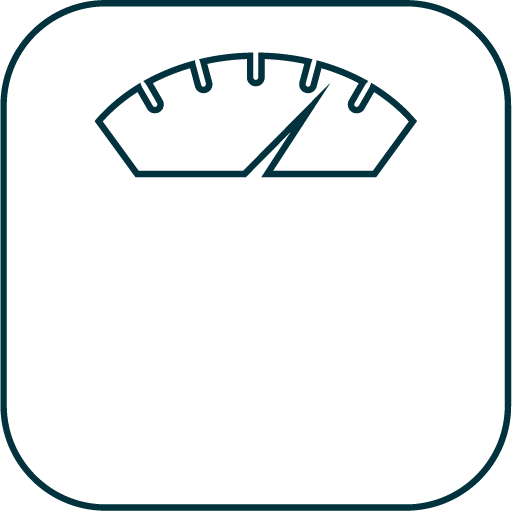

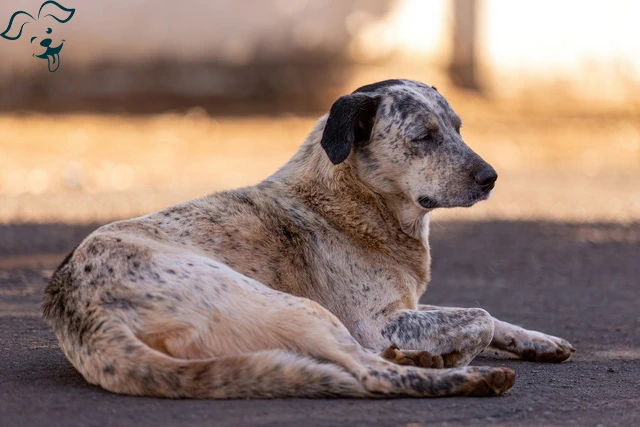
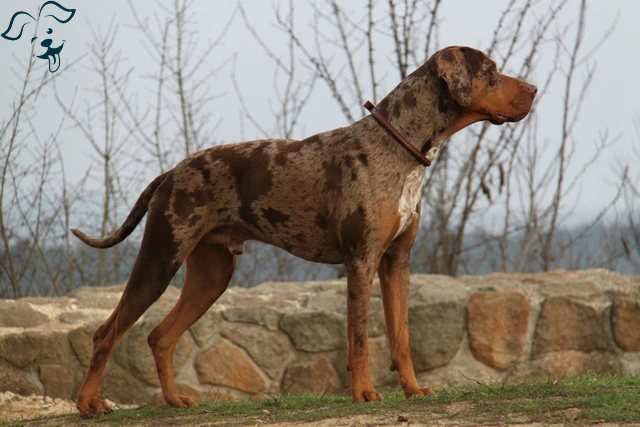
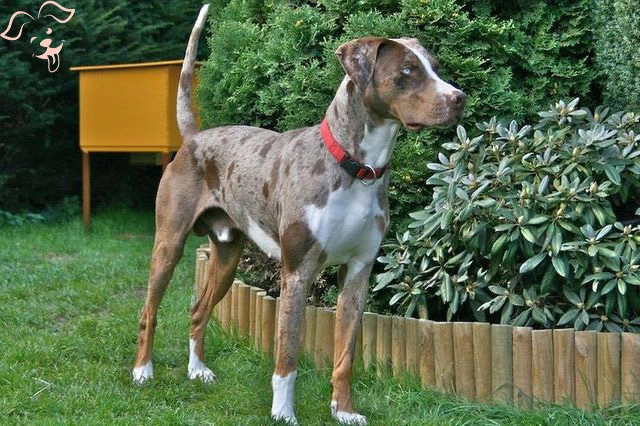
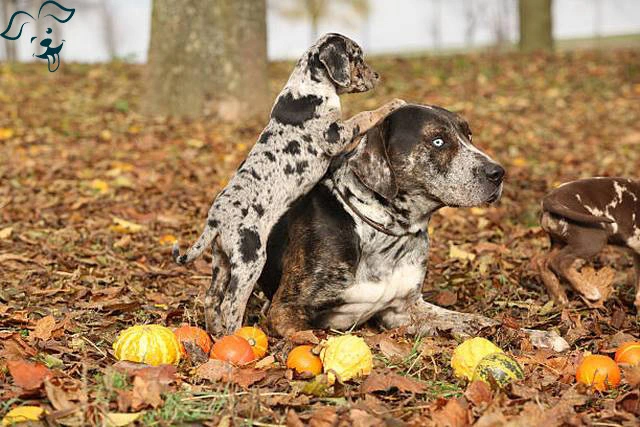


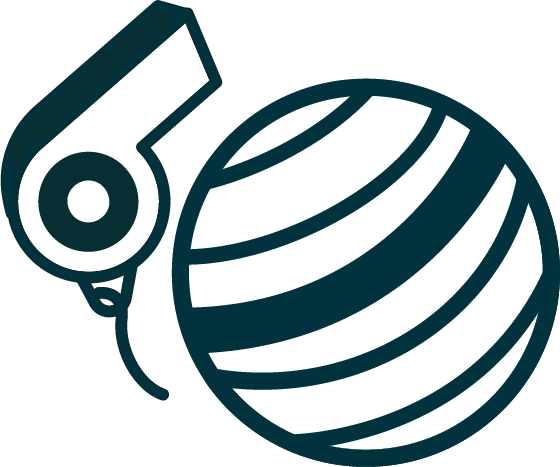

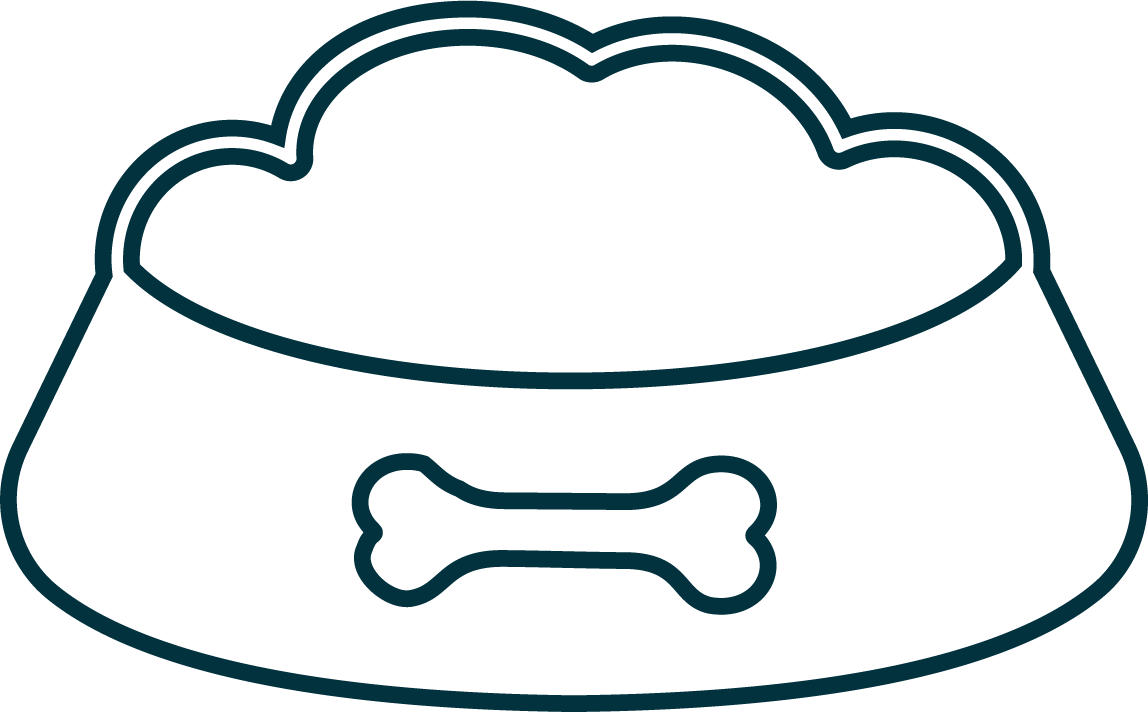

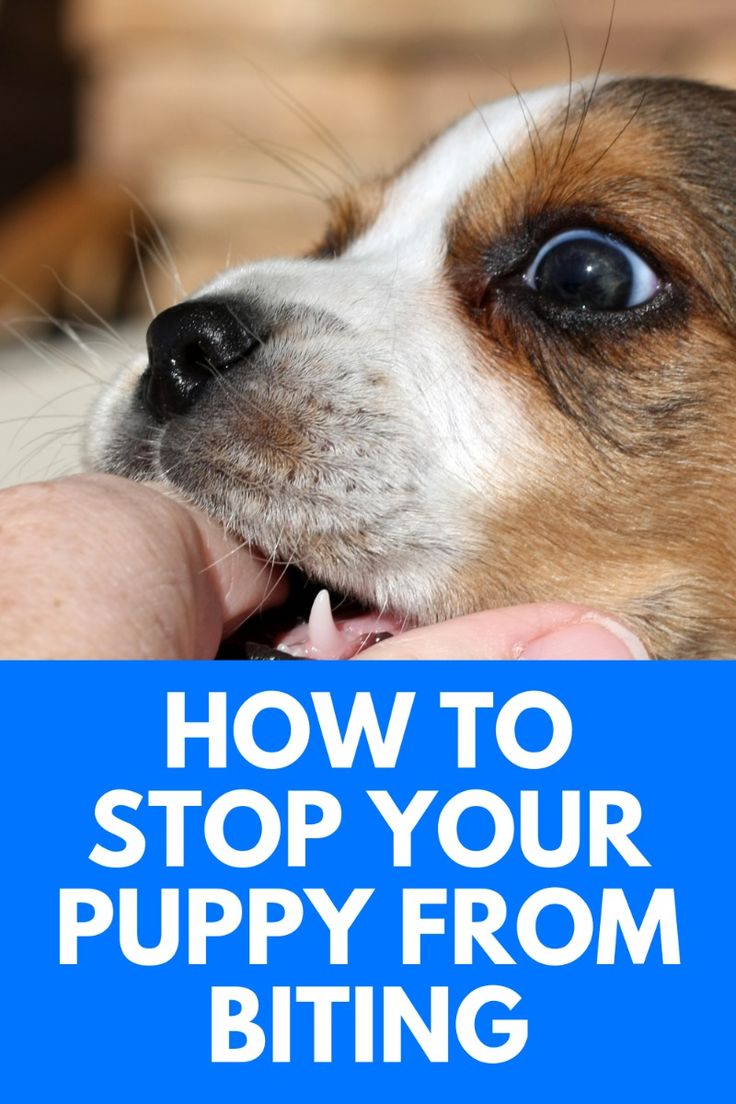
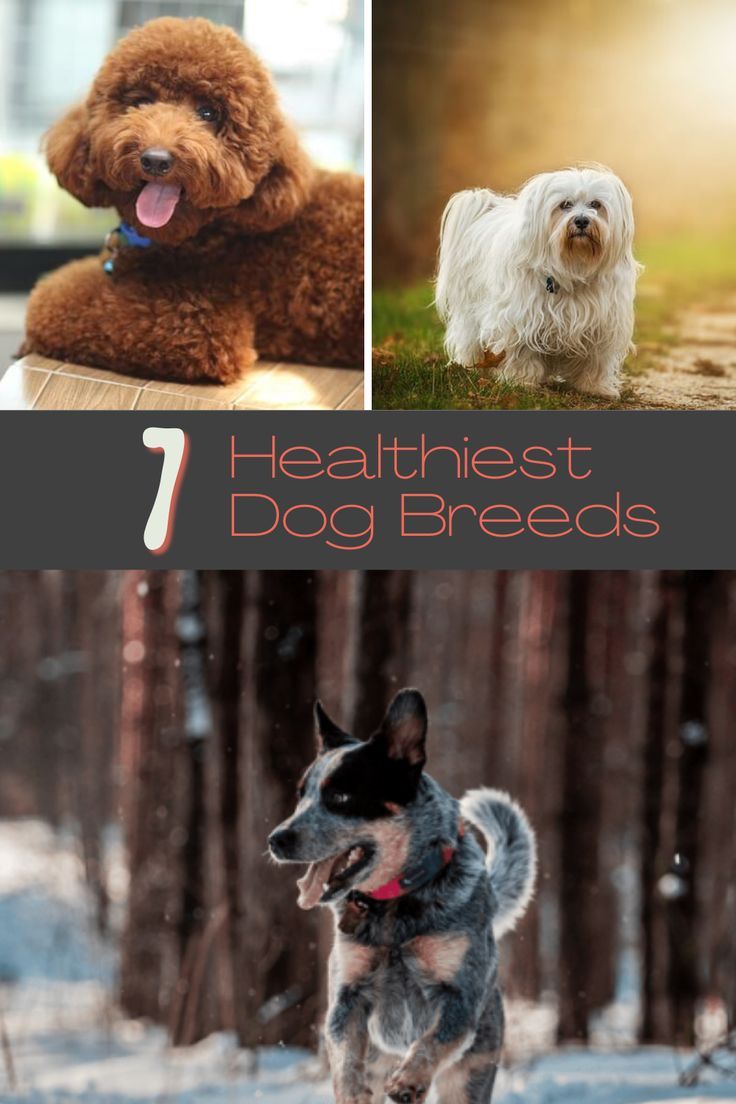

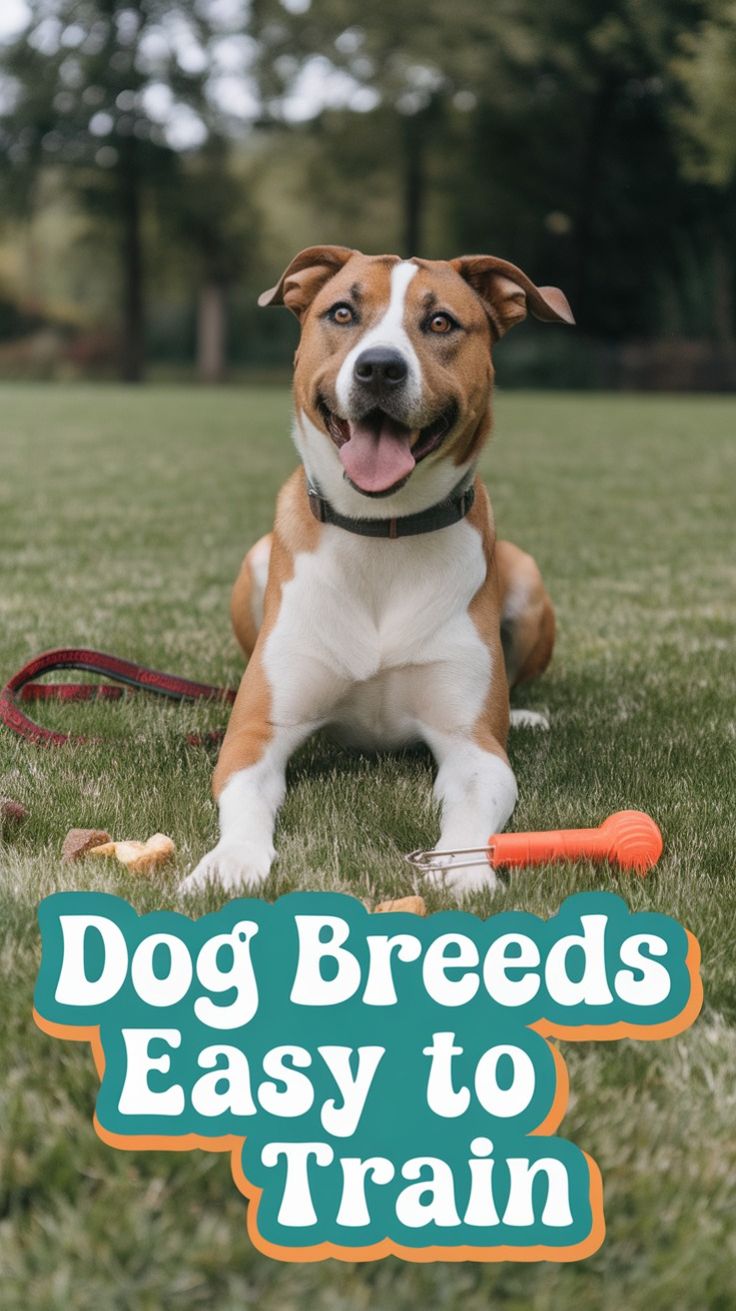
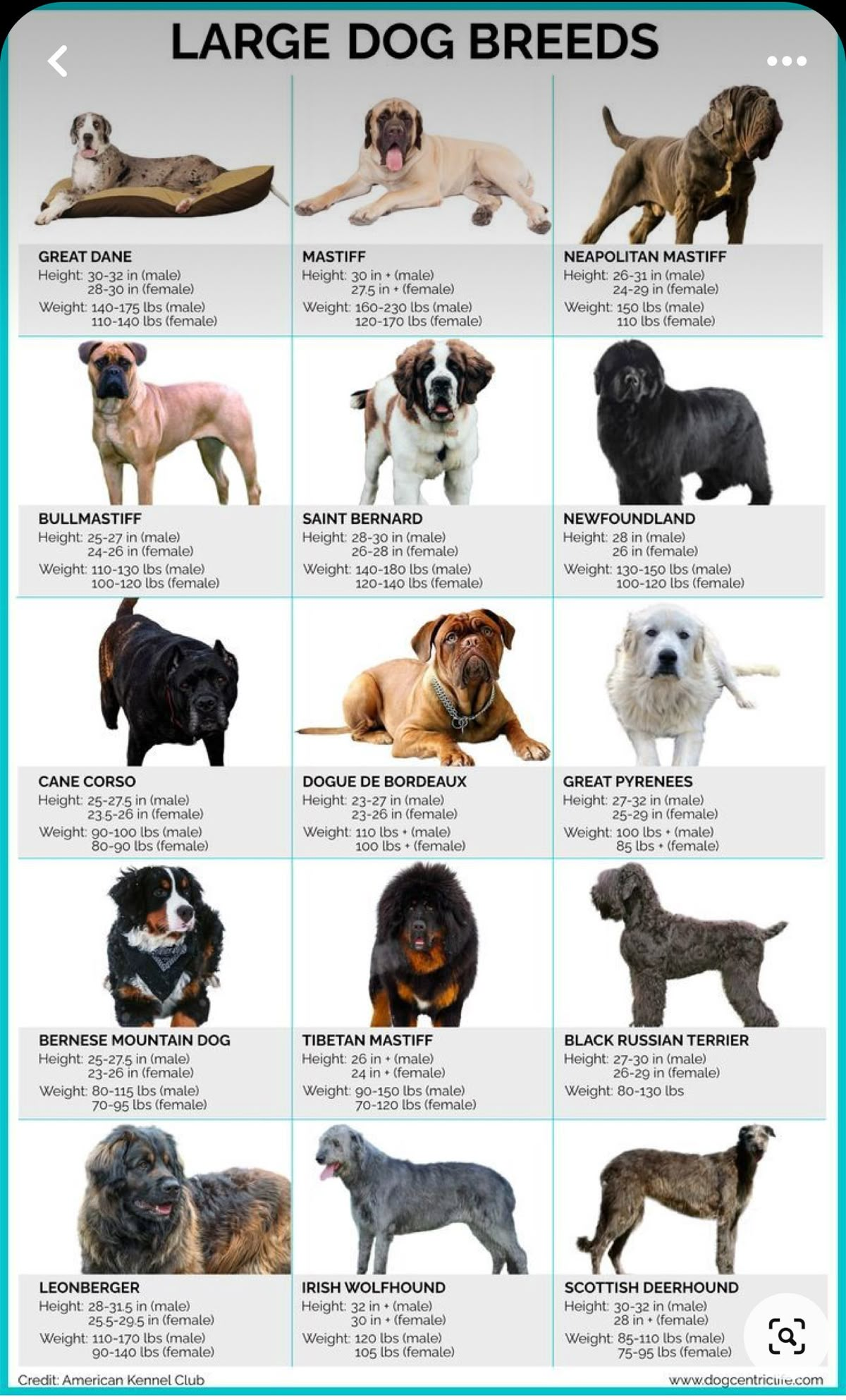

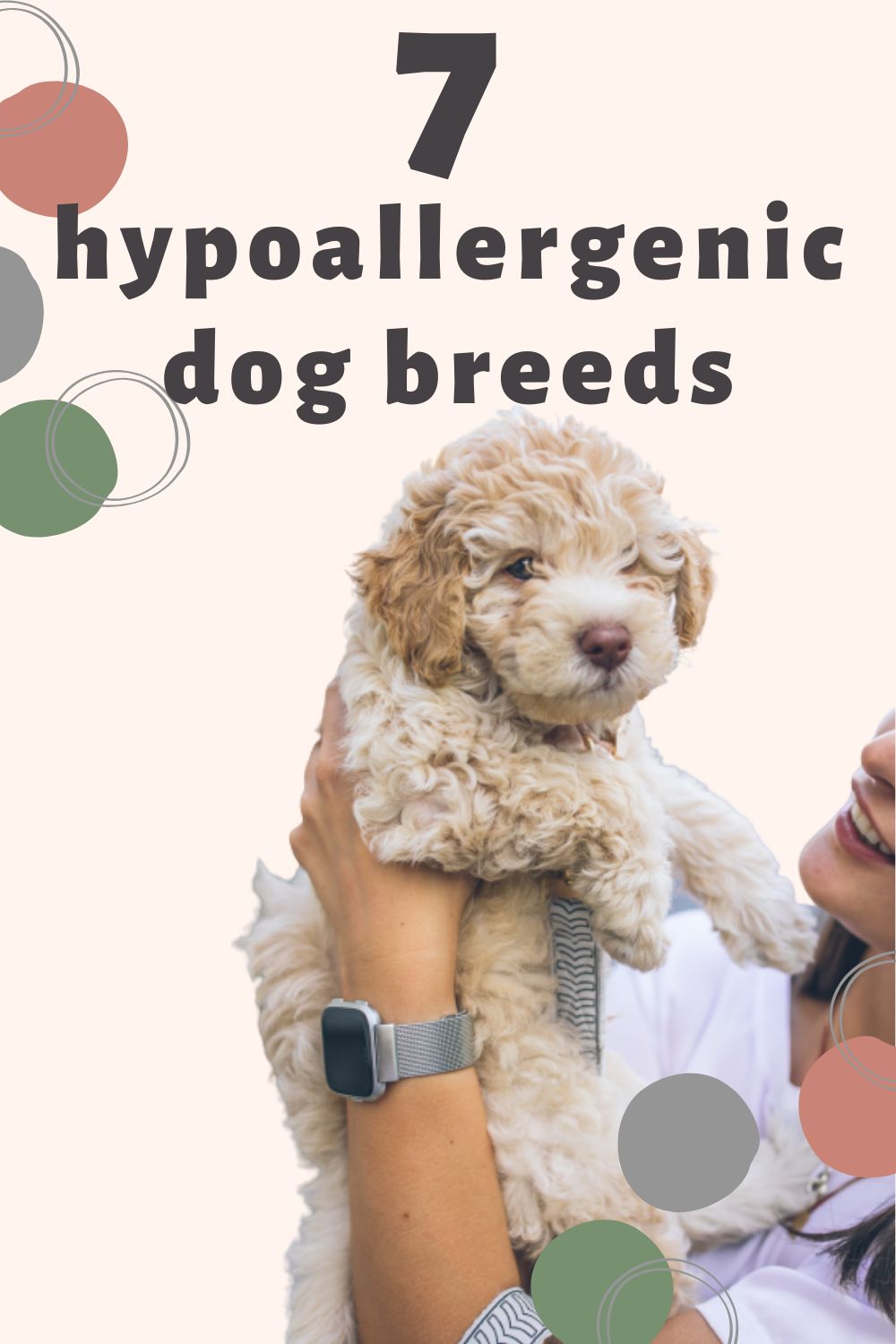
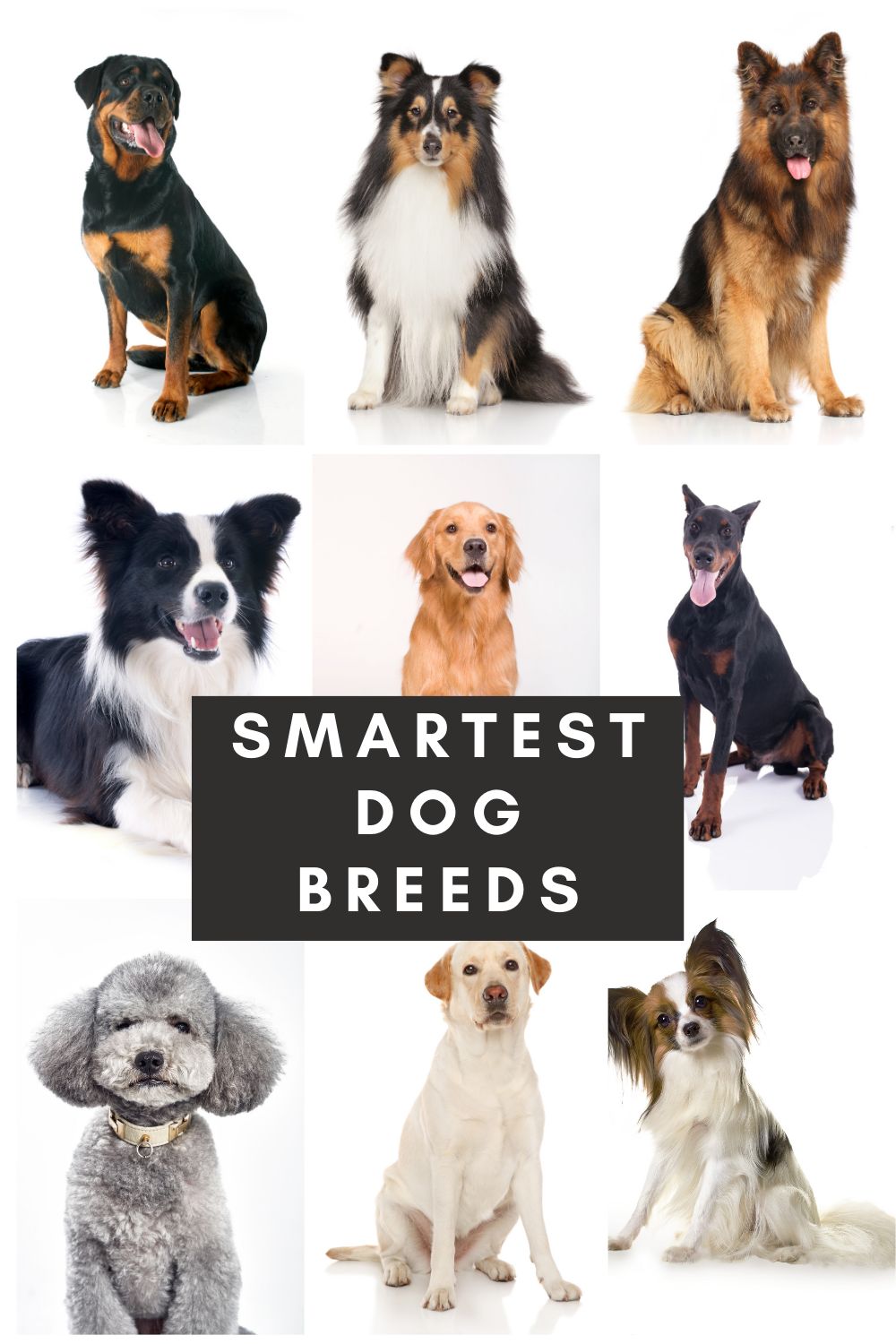
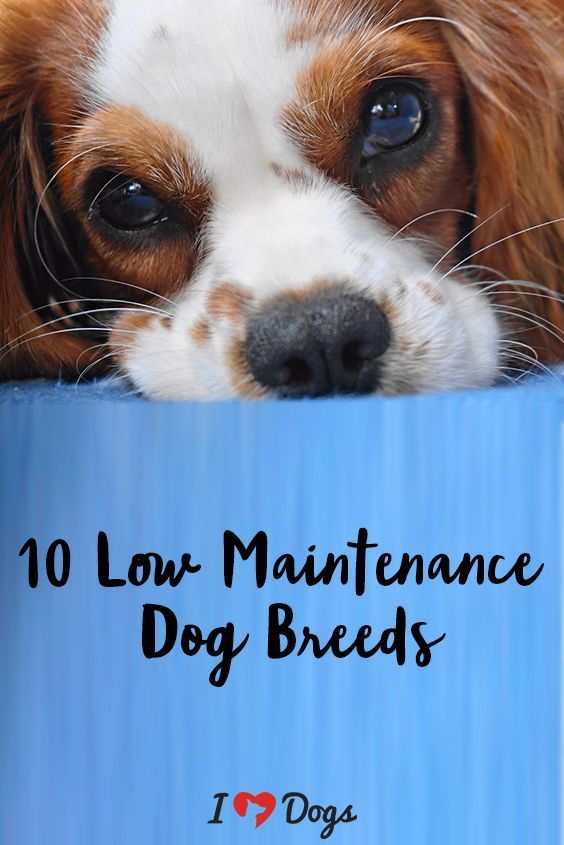
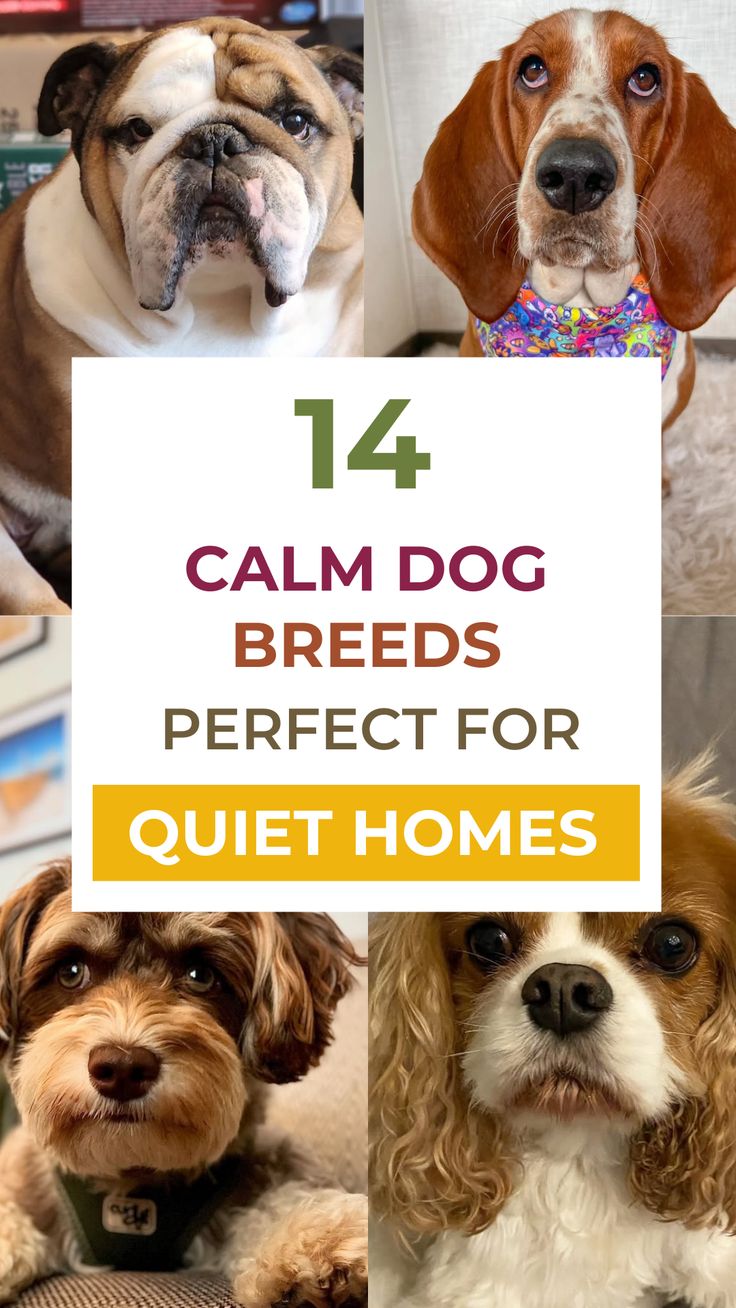

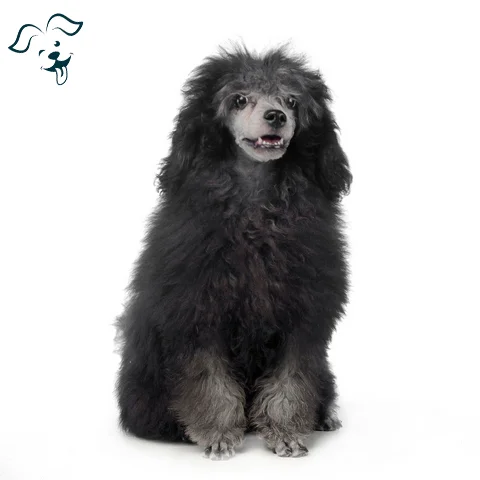
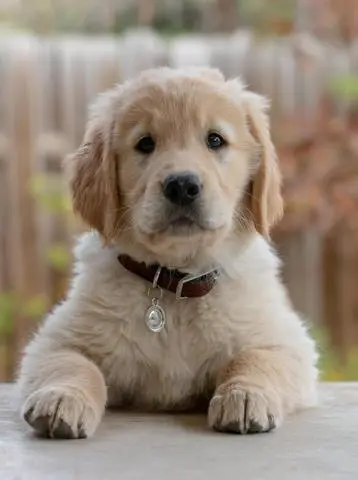
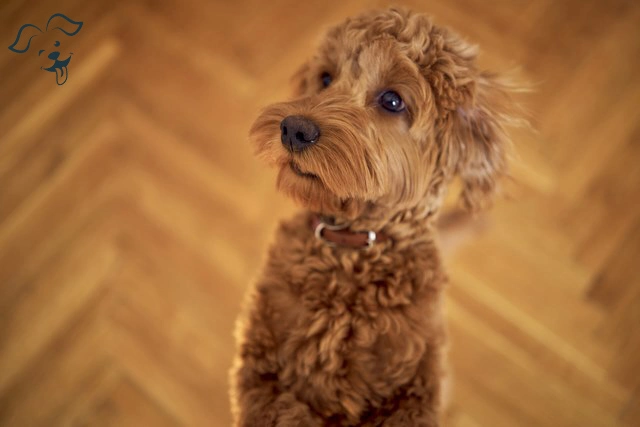
FRIENDLINESS
LIVELINESS
VIGILANCE INTENSITY
ADAPTATION CAPACITY